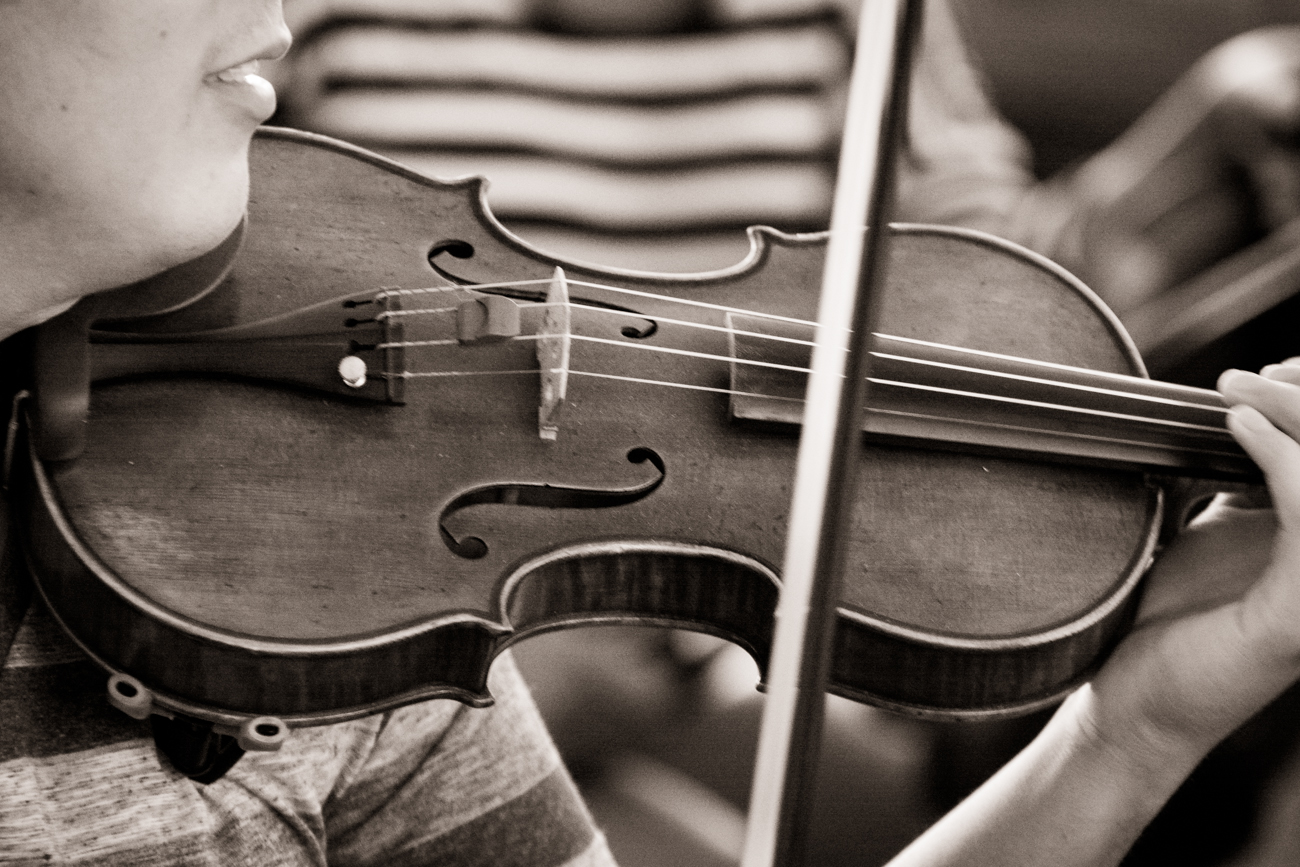BACKGROUND
The Jose Depiro Kabataan Orkestra was founded in 2014 to provide a safe and productive after-school environment for the youth of Dinalupihan, a remote agricultural municipality in the Bataan Province of the Philippines. In a region with few recreational or educational opportunities, the orchestra, run by a Maltese religious order, quickly became a community hub. The program’s location, however, is the root of its primary operational constraint: there is no local pool of professionally trained music teachers to draw from.

THE ORGANISATIONAL MODEL AND ITS CONSTRAINTS
The JDKO’s value proposition is to offer a free, ensemble-based music program that provides a safe and supportive community for children, many of whose parents are seasonal agricultural workers. The operating model is a “hub-and-spoke” for expertise. The “hub” is a weekly Sunday visit from a conductor and a brass teacher who travel hours from Manila. The “spokes” are the daily operations, which are run by dedicated but musically untrained local staff and a student concertmaster.
This creates a significant gap in instructional quality and consistency between the intensive Sunday rehearsal and the rest of the week. While the program has strong physical assets—a dedicated rehearsal facility, a library of scores, and donated instruments—it has a critical deficit in its most important resource: on-site human capital with pedagogical expertise.
THE STRATEGIC CHALLENGE
The core strategic challenge for the JDKO is to design and implement a structured pedagogical framework that can thrive despite the extreme scarcity of expert teachers. The current model, reliant on a single weekly expert visit, has led the program to a predictable crisis: a “pedagogical ceiling.” Student motivation is high, but their technical progress has stalled. This is evidenced by:
- A Lack of Foundational Skills: String students are not taught basic techniques like shifting, scales, or proper fingerings.
- An Inappropriate Curriculum: The orchestra attempts repertoire that is too difficult, leading to students guessing at notes or not playing at all.
- Ineffective Practice: Students do not know how to practice individually, so time spent at the center outside of rehearsals is often not musically productive.
This is not just a musical problem; it is a mission-critical threat. If students become too frustrated by their lack of progress, the program risks losing them, thereby failing in its primary goal of long-term social inclusion. The challenge is to evolve from a model based on sporadic, expert-led inspiration to one based on consistent, student-led progression.

A NEW FRAMEWORK: THE STRUCTURED PEER-TO-PEER SYSTEM
A potential solution is to implement a “Structured Peer-to-Peer Learning System” that leverages technology and empowers senior students to become effective teachers, creating a self-sustaining educational model tailored for a teacher-scarce environment. This framework would be built on four pillars:
- A Codified Digital Curriculum: Formally adopt a free, high-quality, video-based online curriculum (such as Mimi Zweig’s StringPedagogy) as the program’s official pedagogical backbone. This provides the structured, sequential “what to teach” that the staff and students currently lack.
- A Formalised Peer-Teaching Structure: Train the most advanced students to use the digital curriculum to deliver weekly individual and sectional lessons to their younger peers. This formalises their role, transforming them from informal helpers into trained “para-professional” teachers.
- Structured and Transparent Scheduling: Replace the ad-hoc schedule with a clear, publicly posted weekly calendar that designates specific, mandatory times for individual practice (guided by the online curriculum), peer-led lessons, and sectionals. This creates accountability and predictability for all students.
- Strategic Use of Remote Experts: Reallocate the limited expert resources (the weekly Manila teachers, occasional Skype lessons) away from direct-to-student instruction and toward “train-the-trainer” sessions focused on upskilling the new cohort of peer teachers.





